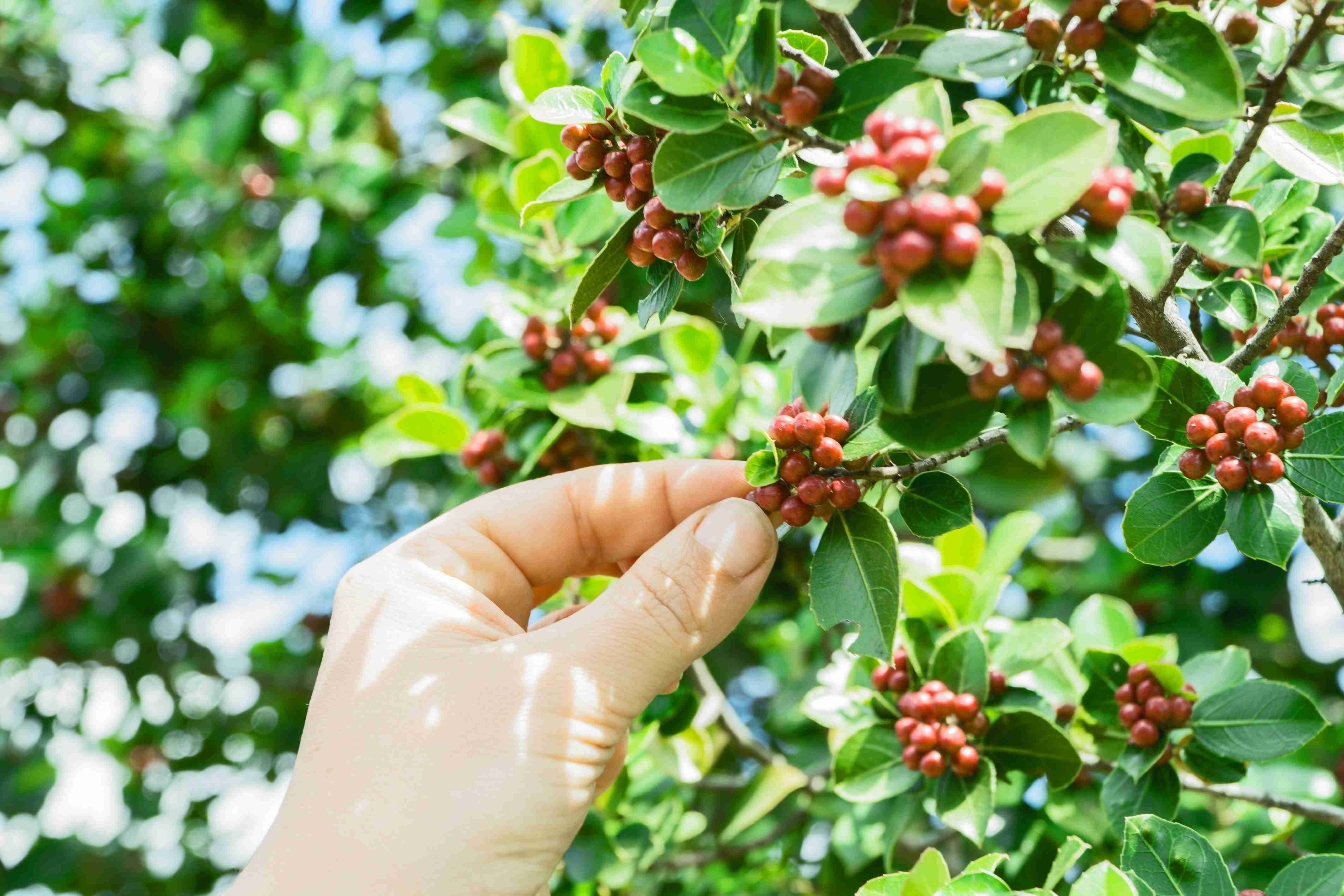
For those that love sipping on a cup of joe but don’t want the effects of caffeine, decaf coffee is the way to go.
Therefore, its only natural to ask how are coffee beans decaffeinated. Is it safe? Is it healthy? Can I drink decaf coffee every day? This is what I am going to answer in this informational coffee article.
Coffee beans are soaked in a solvent of methylene chloride or ethyl acetate to remove the caffeine in the coffee bean.
Is drinking decaffeinated coffee safe?

The first question going through anyone’s mind when they hear this information is whether this is a safe process…
Methylene chloride and the other chemicals listed above are dangerous and hazardous. With mere exposure and inhalation it can irritate your nose, throat, and can affect your nervous system. It is believe that these chemicals can slow down your nervous system and even be a carcinogen. However, there are standards put in place to ensure the safety of decaf coffee produced in the United States.
In short, yes decaf coffee is safe for consumption, but wasn’t always 100% safe. Currently there are conventionally 3 methods used to decaffeinate coffee and all methods are safe.
The FDA also has set a rigorous standard to ensure that any of the solvents used to decaffeinate the coffee are gone and that the beans are safe to brew. These standards are, after decaffeination the coffee cannot have more than 10 parts per million of any solvents. If you calculate it out that is less than one, one-thousandth of a percent of the coffee.
The beans are all washed, steamed, and roasted at temperatures that evaporate and destroy the solvents used for decaffeination.
The decaffeination process

Coffee decaffeination is a complex process that happens at specialized factories separate from the coffee roasters. There are a few coffee roasters that have their own decaf processing plants, but most roasters work with separate decaffeination companies that are not in-house to decaffeinate their beans.
There are 3 main decaffeination processes that are in use.
Generally, the process starts with water-logging the coffee beans while they are still green so the caffeine inside the bean can be dissolved by solvents and chemicals.
The first method is water processing. It uses water as the solvent to try to dissolve the caffeine out of coffee beans. Coffee beans are circulated within a vessel filled with water and rinsed then passed through a bed of activated charcoal, which absorbs some caffeine. Then, they are treated with a carbohydrate, which helps absorb caffeine without affecting the flavor.
Another method is using a solvent such as methylene chloride which dissolves the caffeine from the bean directly and removes it from the coffee. These solvents are applied to wet green coffee beans. Afterward, the beans are washed and steamed to remove any traces of the solvents.
The last method is using supercritical carbon dioxide to decaffeinate the beans. It is similar to the previous solvent method, but instead, it uses carbon dioxide to extract the caffeine in high-pressure containers. At high pressures, carbon dioxide becomes supercritical and becomes a solvent that is like a liquid but has the properties of a gas. When passing through the wet green coffee beans it removes the caffeine.
After reading this do you still want to drink decaf coffee? In my opinion caffeine is one of the best reasons to drink coffee. Learning about the decaffeination process has scared me and makes me wonder what kind of chemicals we are putting inside our body every day without knowing.
Even according to Consumer Reports, it is difficult to figure out how your coffee beans are decaffeinated. Personally, I would not want my beans to be washed in a chemical bath before it is brewed into my morning cuppa. There is no requirement for companies to disclose how they are decaffeinating their beans.
How decaffeination was discovered
This process may sound simple but it isn’t as easy as you may think. This process was discovered by Ludwig Roselius the head of Kaffee HAG.
He believed his father died from too much caffeine, and that caffeine was a “poison” in the coffee beans.
The decaffeination process was discovered by accident when he was taking a shipment of coffee beans. The shipment of coffee beans had been soaked in seawater yielding coffee beans that had less caffeine content.
Ludwig use this as the starting point to patent a method for decaffeinating coffee beans using steam, acids, and bases. Benzene became the go to chemical to remove caffeine for decaf coffee for a long time.
Benzene is no longer used for the decaffeination process because its carcinogenic properties.
The future of decaffeinated coffee

No decaf coffee is actually 100% decaffeinated. There is always a slight amount of caffeine left over from all the washing and processing.
Food scientists and researchers are now trying to grow a “naturally caffeine-free coffee bean”. It will be based on coffea charrieriana, a type of bean that lacks caffeine. This gene could be bred into different coffee plants resulting in caffeine free beans.

